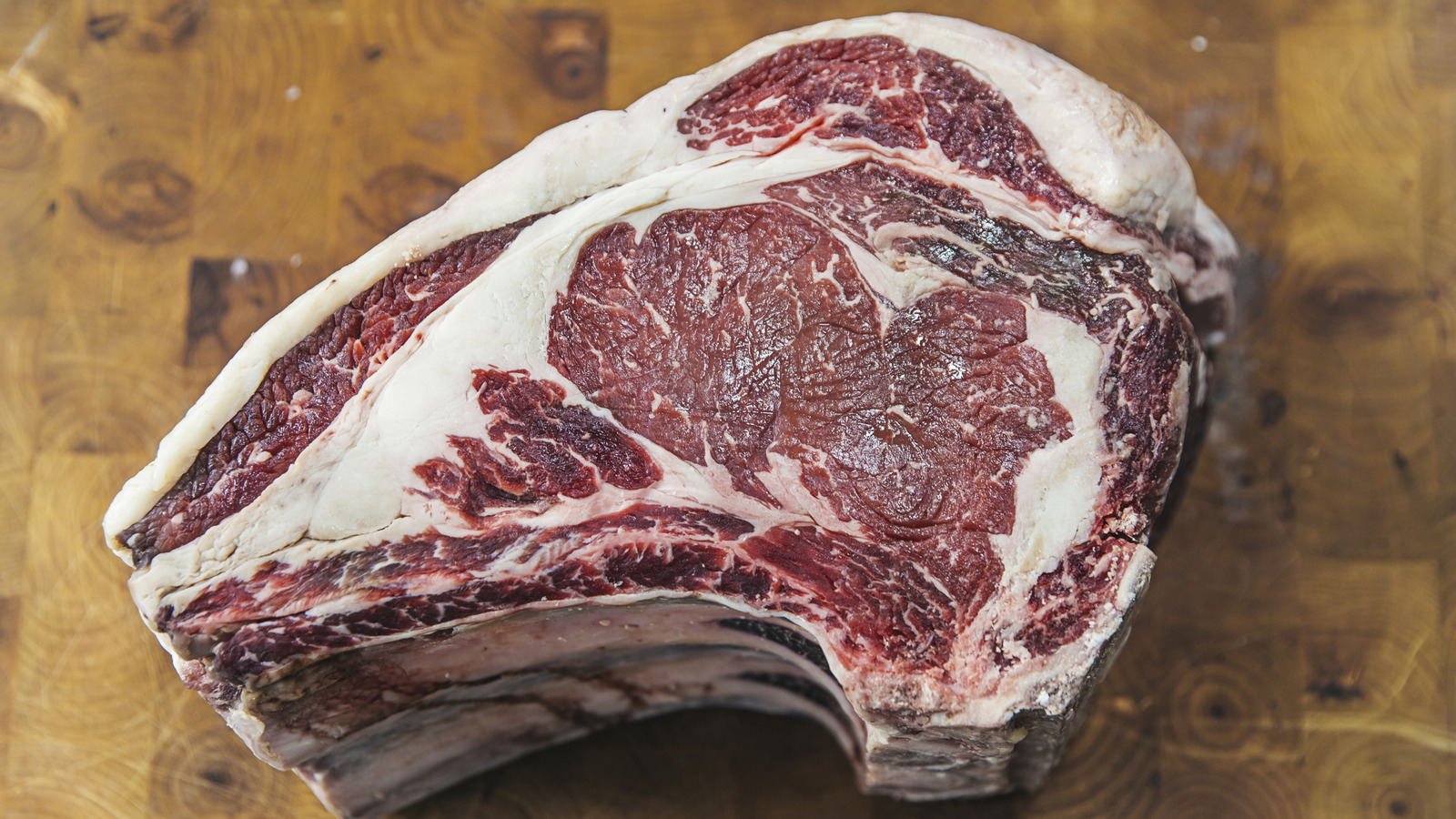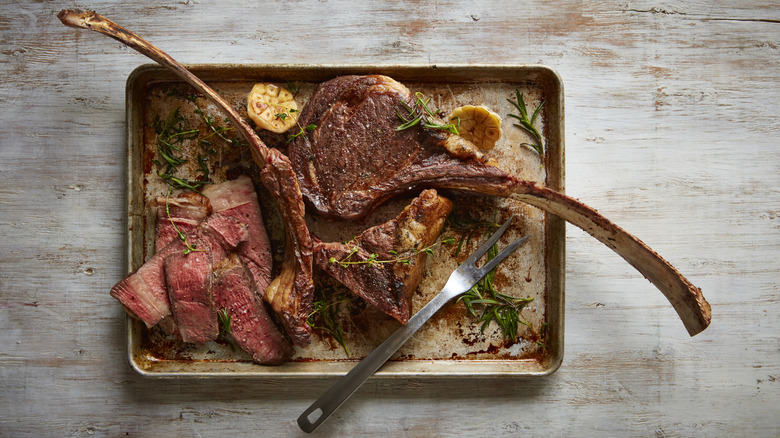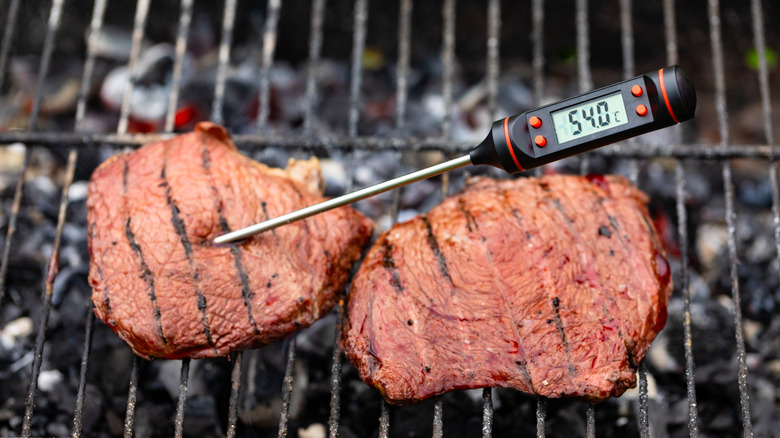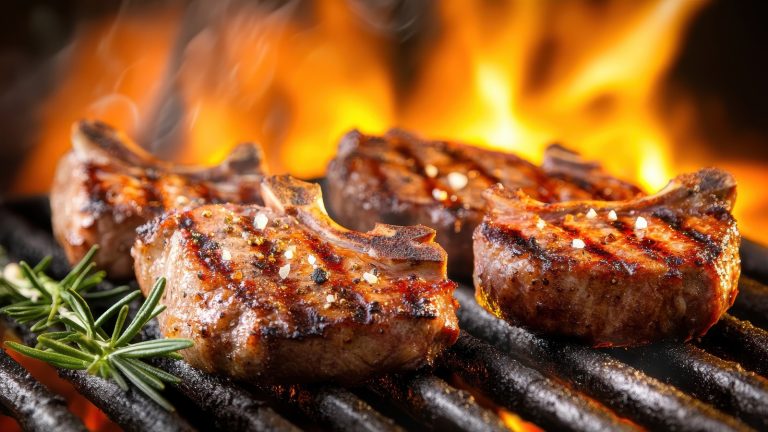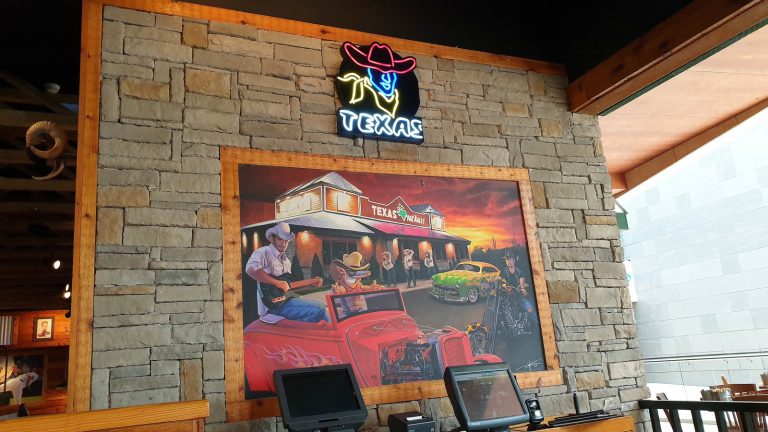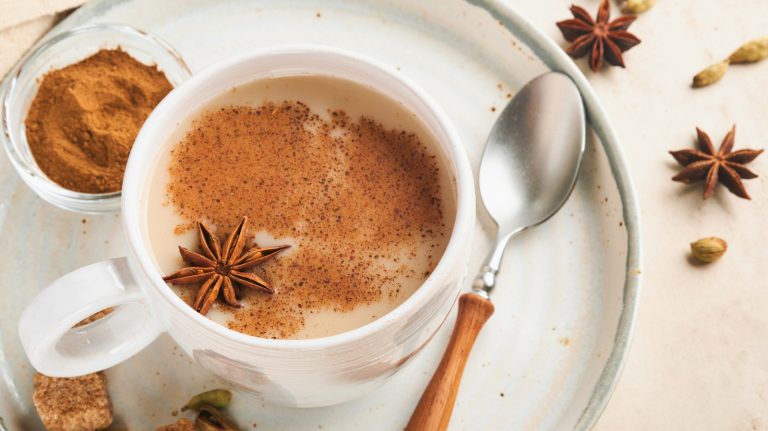Prime rib isn’t a steak in and of itself. It’s a cut taken from the rib primal of the cow (between the shoulder and loin) and the whole cut usually includes a half dozen ribs. It’s sometimes sold bone-in when it’s broken down into steaks, which you might recognize as the tomahawk (the internet’s favorite). Most often, though, you find it as a ribeye, its boneless form. It’s a favorite of chefs for a reason: The meat is beautifully marbled — making it as juicy as it is packed with flavor — and it’s some of the most tender beef you can get since it doesn’t see much use because of where it sits on the cow.
Such a great piece of beef demands to be cooked properly, but there’s a lot of noise out there about how to grill the perfect steak. One method you often see chefs swear by is the reverse sear, where the meat is roasted in an oven then seared at the very end of the cooking process; essentially, cooking the steak backwards. To cut to the chase, it’s a great way to cook prime rib. It’s a thicker steak, so by roasting it you guarantee edge-to-edge doneness and perfectly rendered fat without sacrificing the crust a hard sear gives, resulting in tender, deeply flavorful steak.
When should you reverse sear steaks?
While reverse searing is a useful technique, and when done properly can certainly deliver foolproof steak, it’s not ideal for every cut. Thinner steaks, such as some sirloins, flank steak, and skirt steak, don’t benefit from reverse searing. You end up overcooking your steak before you get a chance to put a halfway decent crust on it. These cuts thrive on the grill, though, particularly above an open flame. Rather, turn to reverse searing when you’ve got a larger cut on your hands — ideally 1.5 inches thick or more – such as prime rib. The pitfall most home cooks run into with a steak of this size is cooking it unevenly. This happens when a cook starts the process with a long, hard sear, often leaving them with the dreaded “gray band:” An undercooked center with a ring of dry, overcooked meat surrounding it.
Reverse searing solves this problem by giving you more precise control over your steak’s internal temperature, which is perfect if you’re aiming for a specific level of doneness such as medium or medium-rare. The initial, slower cook stops your meat seizing up when it hits the pan, like it can do using the traditional searing method. Plus, as the meat cooks in the oven, moisture evaporates from the surface of the steak. This drys it out and allows the Maillard reaction to happen much faster, helping you develop a great crust without risking overcooking your steak.
What’s the best way to reverse sear prime rib?
Something that home cooks almost always neglect is properly tempering their steak, but it’s an essential part of the process that sets you up for success. When you cook a protein straight out of the fridge, the fibers in the meat seize up and don’t relax again. Even if you cook your steak to the correct internal temperature, you might still find yourself with tough, chewy beef; not exactly ideal. You want your steak to be at room temperature when it goes into the oven, which for a thick steak from a prime rib means leaving it out of the fridge for at least 30 minutes (preferably an hour).
While it’s coming up to temperature, salt it generously — which packs it with flavor and tenderizes it by helping break down proteins — and pre-heat your oven. Reverse searing works best at low temperatures, so set your oven to around 225 degrees Fahrenheit. For the oven portion, you really want to be slow-cooking your steak rather than roasting it since the gentle application of heat helps you achieve a consistent doneness throughout. Finally, remember to keep an eye on the temperature; if you take your meat too far, all of this is for nothing. Avoid meat thermometer mistakes, be precise, and you can’t go wrong.


